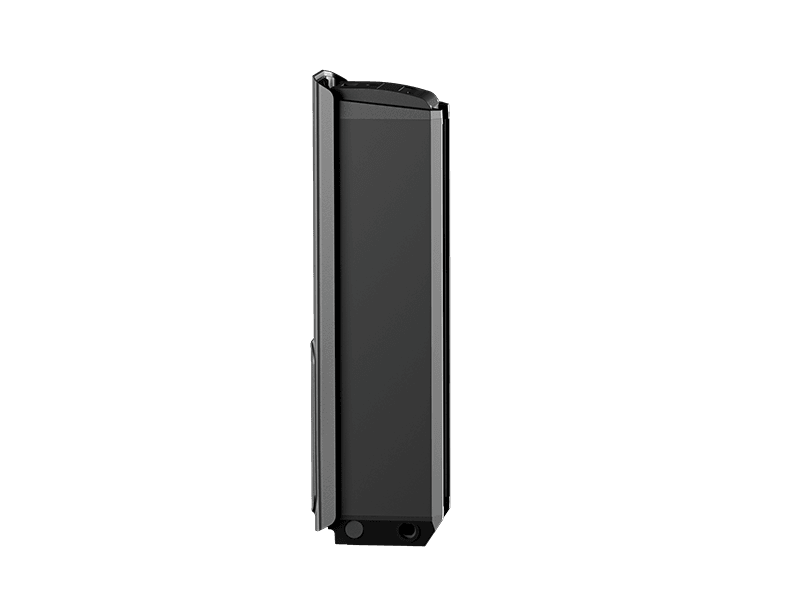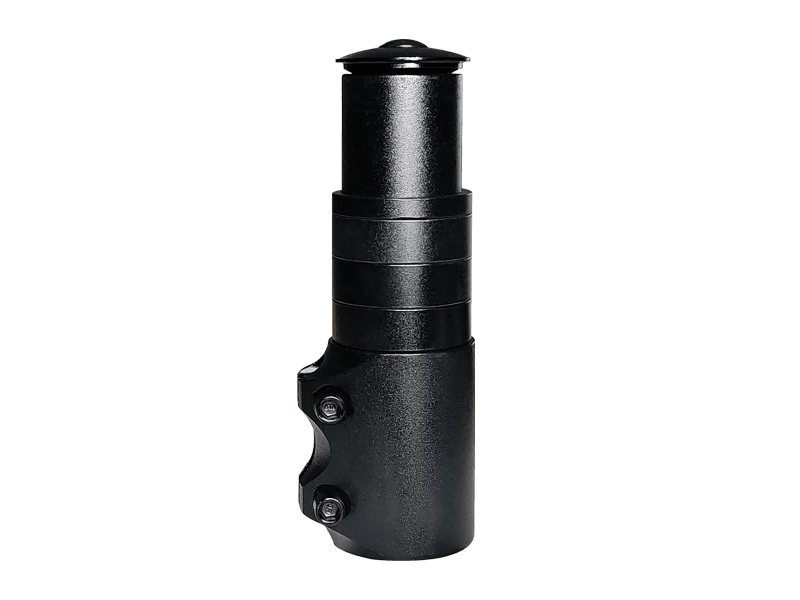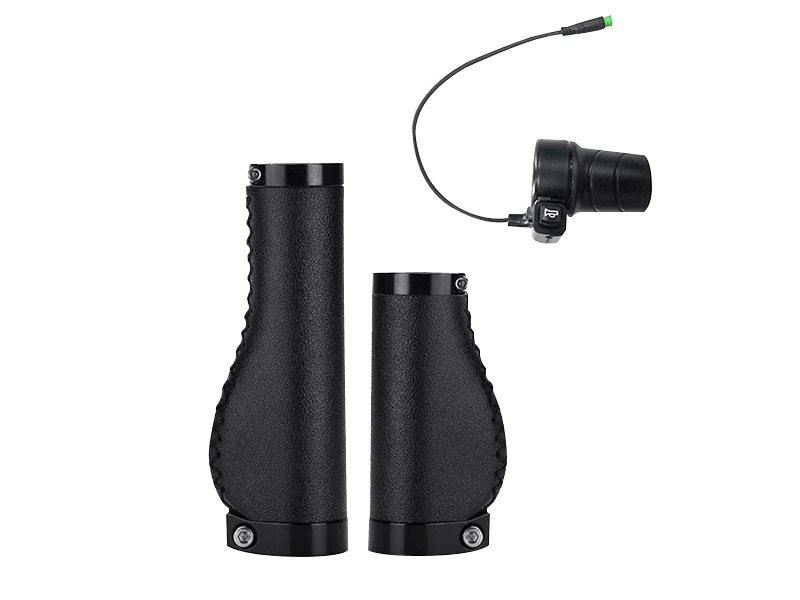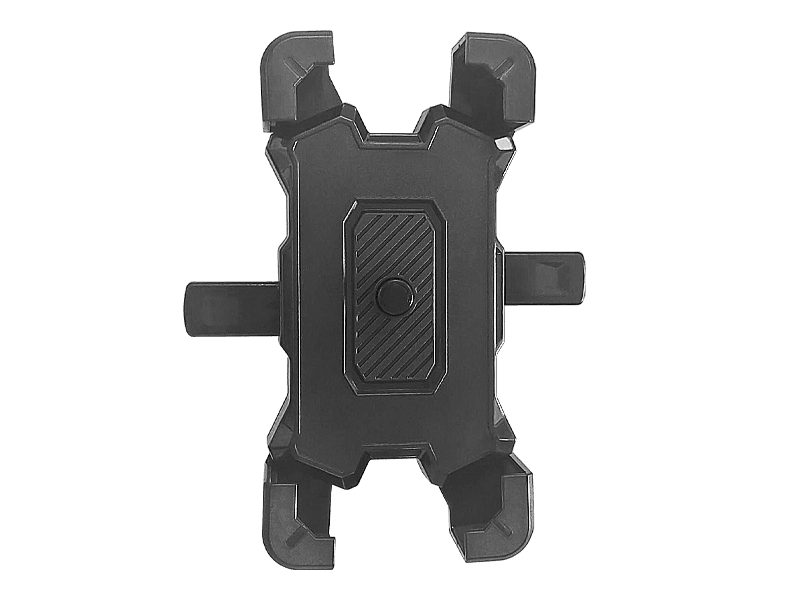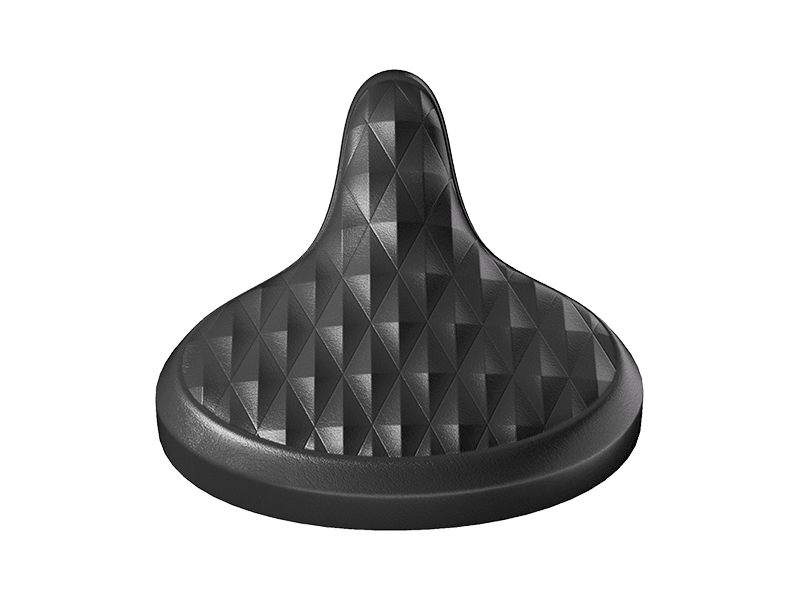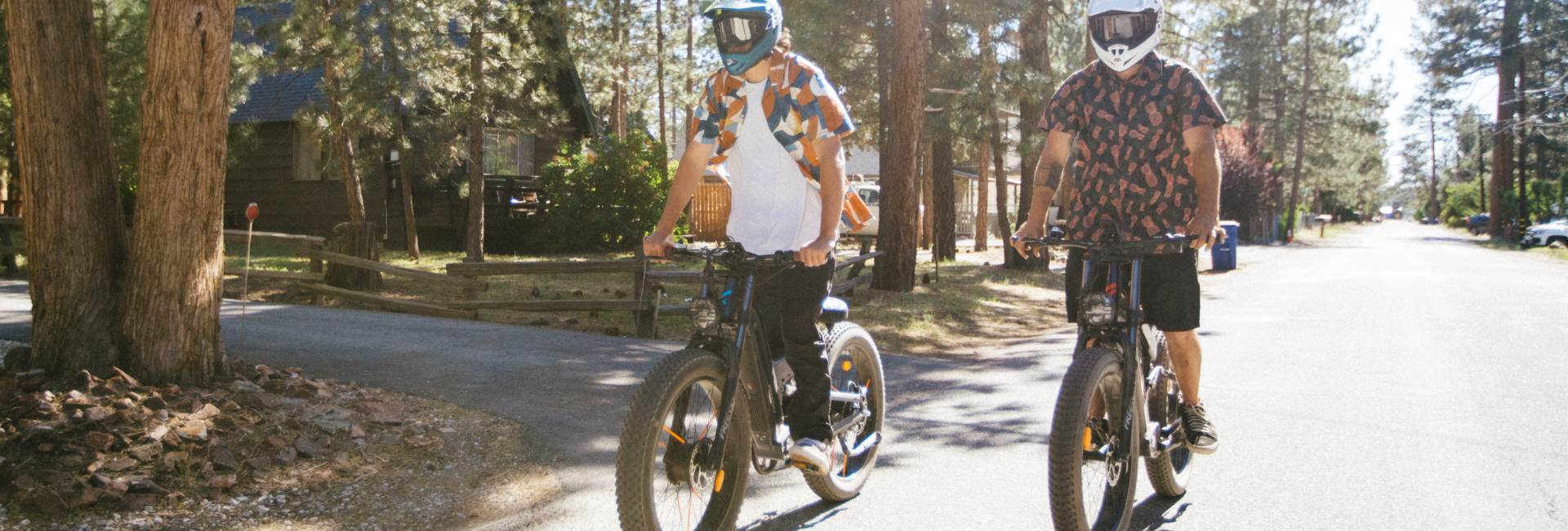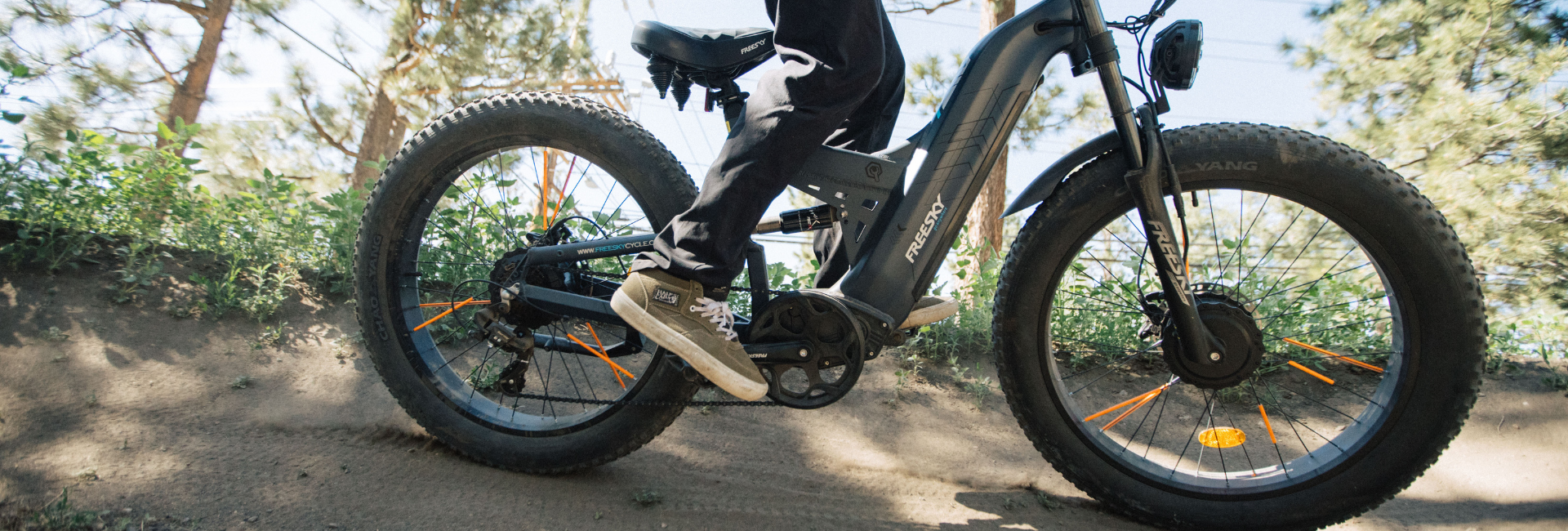How to Maximise Your eBike Battery Life: Expert Advice for Riders
JUN 06, 2025
The battery of your electric bike typically represents about one third of the bike’s total value, making it a crucial component to choose carefully and maintain properly. At Freesky, we focus on delivering high-quality batteries designed for longevity and reliable performance across Europe’s diverse riding conditions.
Why Choosing the Best eBike Battery Matters for Riders in the EU
When purchasing an electric bike in the European Union, it is essential to prioritise battery quality. We recommend eBikes equipped with premium battery cells from industry-leading manufacturers such as Samsung, Panasonic, or LG. These brands are renowned for their reliability, safety certifications, and extended lifespan.
Freesky’s Warrior Pro model features a premium Samsung 48V 30Ah battery, perfectly suited for varied EU terrains and urban environments. For those requiring greater range, the Alaska Pro model offers a larger 48V 41Ah battery, ideal for longer journeys and eMTB enthusiasts.
All Freesky batteries are UL 2271-certified, meeting stringent global safety standards that are widely recognised in the EU market. This certification ensures the battery meets critical criteria for electrical, mechanical, and environmental safety—offering you true peace of mind.
Beware of low-cost batteries common in discount outlets—they often lack comprehensive warranties and necessary quality controls. Investing in a quality battery upfront helps avoid early replacements and potential safety risks.
Understanding Lithium-Ion Battery Technology in European eBikes
Nearly all modern eBikes in the EU use lithium-ion or lithium-polymer batteries. Although lithium battery technology has existed since 1912, its adoption in consumer eBikes has surged only in the last 15 years due to cost improvements and reliability.
The key difference between lithium-ion and lithium-polymer batteries lies in the electrolyte used. Lithium-polymer batteries offer a slight increase in energy density but at a 10-30% higher cost. Regardless, proper maintenance is the most significant factor in prolonging battery life.
Essential Tips for eBike Battery Maintenance in the European Climate
With proper care, lithium-ion batteries typically last 3 to 5 years. Here are three key maintenance tips tailored for EU riders:
1. Store Your Battery at Optimal Temperatures
Temperature management is vital for battery health.
-
Avoid exposing your battery to direct sunlight or extreme heat, such as leaving it in a car on a hot day, which accelerates degradation.
-
Storing a fully charged battery in warm conditions is especially harmful.
-
Keep your battery indoors in a cool, dry place, ideally below 20°C (68°F).
-
In colder European winters, avoid charging the battery below freezing temperature to prevent cell damage. Riding in cold weather is safe, but store the battery indoors when not in use.
-
Expect some loss in power and range during cold spells; this is normal.
2. Store the Battery Partially Charged
Proper charge levels during storage can extend battery life.
-
Aim to store batteries at 40% to 80% charge when not in use for extended periods.
-
Use chargers with ‘storage mode’ if available, to maintain ideal voltage.
-
Avoid leaving the battery on charge continuously at full capacity.
-
During the off-season, check your battery every few months and top up if necessary to prevent deep discharge.
3. Avoid Regular Full Discharges
Regularly discharging your lithium-ion battery to zero is damaging.
-
Lithium-ion batteries do not suffer from ‘memory effect’, so partial discharges with frequent recharges are recommended.
-
Full discharges can occasionally occur, such as on long rides, without issue.
-
For frequent short trips, charging every few rides is better than after every single trip, to avoid keeping the battery at full charge too long.
Why Freesky’s eBike Batteries Are Ideal for European Riders
Freesky’s UL 2271-certified batteries are built to meet the highest safety and durability standards in Europe. The Warrior Pro is equipped with premium Samsung cells, offering reliable performance for off-road and hybrid riders, while the Alaska Pro features a high-capacity 48V 41Ah battery designed for long-distance endurance and heavy-duty use.
By following these practical maintenance tips, you can expect a reliable electric bike battery lifespan of 3 to 5 years, maximising your ride enjoyment while reducing costly replacements.


